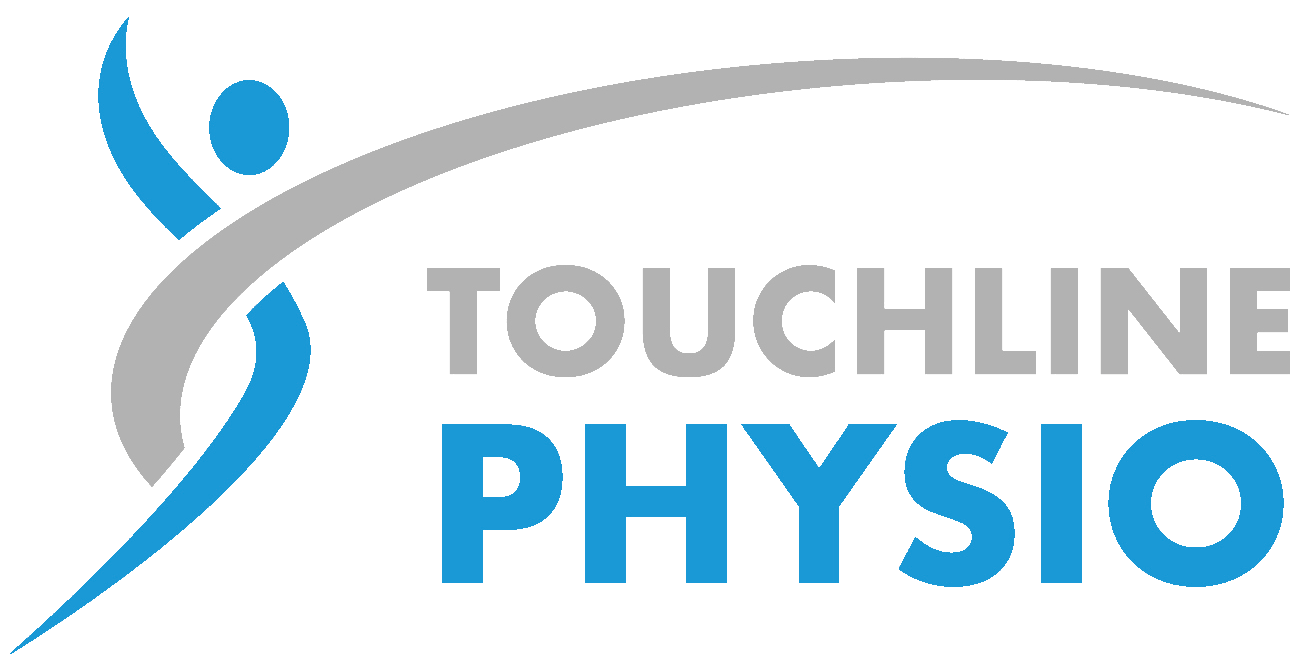Frozen Shoulder
What is a Frozen Shoulder?
A frozen shoulder or adhesive capsulitis, means a shoulder that is painful and stiff for a long period – which can be months or even years. The reason why it happens is not fully understood – it is an inflammatory condition affecting the capsular tissue of the shoulder, resulting in neovascularisation, collagen proliferation, fibrosis, and contracture of the capsule. This will all result in a reduced volume of the shoulder joint. To diagnose a frozen shoulder, your clinician will complete a subjective assessment – identifying factors such as social history, past medical history, medication and then move onto a full clinical examination of the shoulder joint. This will identify range of movement, power and function along with the pain levels.
Who gets frozen shoulder?
A frozen shoulder is often seen in people with high risk factors, including previous shoulder injury or surgery, diabetes or a thyroid problem, and dupuytrens contracture within the hands. However, it can also be seen in those with no risk factors at all. Despite a frozen shoulder usually being very stiff and painful, there wouldn't usually be any changes seen on a normal x-ray. Most people will lose abduction (lifting the arm out to the side) past 90 degrees, and all external rotation (twisting the elbow out to the side past neutral).
Treating a Frozen Shoulder:
To treat a frozen shoulder once you have received a diagnosis that this is a root of pain, usually starts with pain relief and initiation of physiotherapy, with the aim to return the movement that has been lost. Sometimes you may go through the phases naturally and need no further help, but otherwise physiotherapy is a good place to start. The number of physiotherapy sessions will depend on how your shoulder is responding to treatment. Treatment may include stretching, strengthening, postural advice, hands on therapy and acupuncture. Once you have completed a course of physiotherapy sessions, your physio may recommend further treatment if there has been minimal or no progress, which may include a steroid injection or surgery.
The Phases of a Frozen Shoulder:
Frozen Phase = heat may be useful to apply, following exercises as given and trying to continue function within the tolerated pain limit. Stretching and strengthening should be completed with isometric static contractions as able.
Thawing Phase = a gradual return of range of motion is seen, however once this phase starts it is crucial to get the shoulder back to normal as quickly as possible through range of movement and strength exercises. Rehabilitation will progress to through range strength using therabands and then free weights. Postural work will be required as well as rotator cuff, deltoid and chest strength and power.
Conclusion:
Sometimes these phases may take time, however with work and commitment to recovery, the best case scenario would be return to full pain free movement within the shoulder.
By starting with the least invasive treatment and then gradually working up is always the guidance and advice given.



